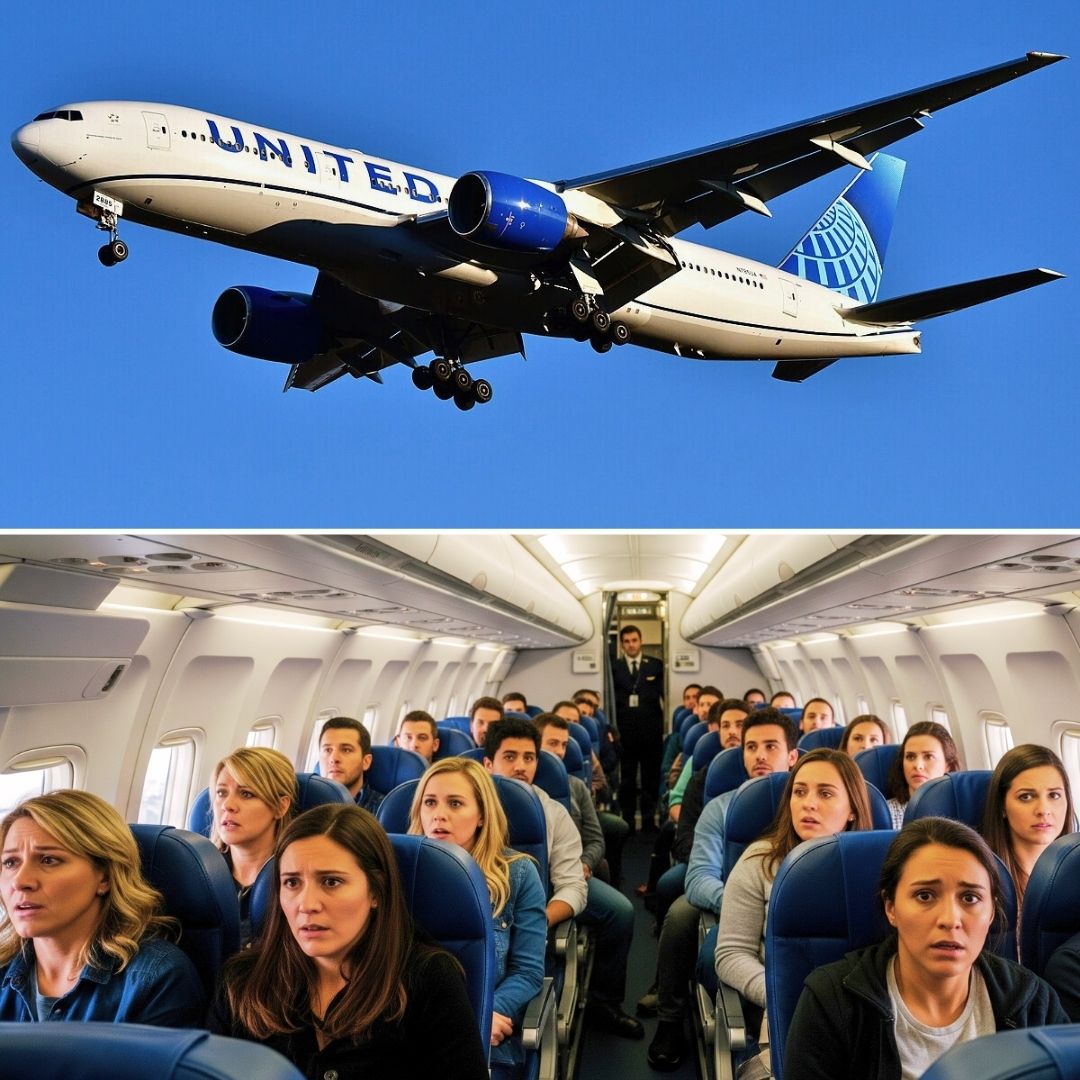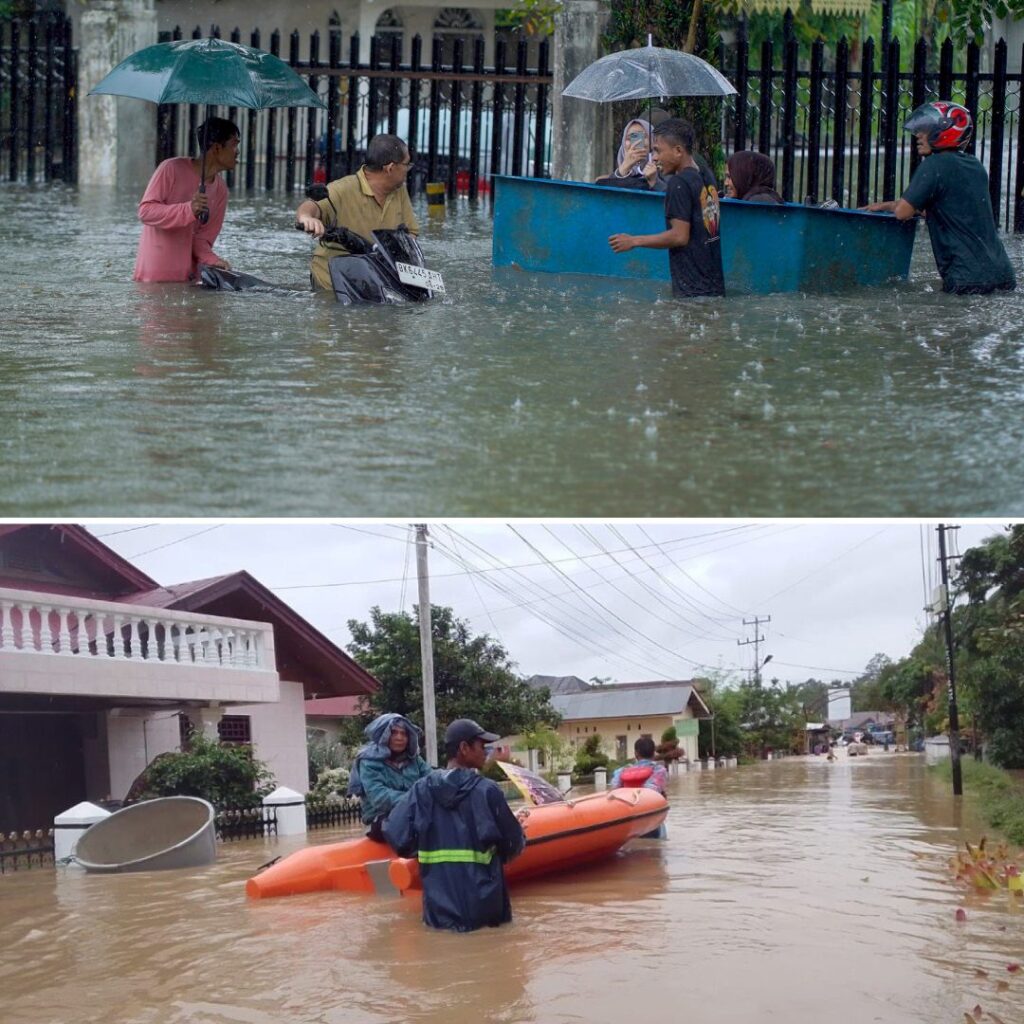More than a month after a Boeing 787-8 Dreamliner crashed tragically near Ahmedabad, another aircraft of the same model operated by United Airlines faced a major engine failure shortly after taking off from Washington Dulles International Airport on July 25, 2025. The Munich-bound Flight UA108 declared a “Mayday” emergency due to a left engine malfunction.
Following the distress call, the pilots safely maintained a holding pattern at 6,000 feet for 2 hours and 38 minutes to dump fuel and reduce the aircraft’s weight before safely landing back at the airport. No injuries were reported, and investigations into the engine failure are ongoing, amidst renewed global scrutiny of the Boeing 787-8’s operational safety.
Emergency Fuel Dump and Safe Return: How Flight UA108 Handled the Crisis
Shortly after taking off from runway 30 at Washington Dulles Airport, United Airlines Flight UA108 encountered a sudden left engine failure while climbing through approximately 5,000 feet. Upon detecting the malfunction, the flight crew immediately declared a Mayday emergency, signalling urgent help to air traffic control. The pilots then entered a carefully coordinated holding pattern roughly northwest of the airport at 6,000 feet altitude.
The primary aim during this time was to safely dump fuel to lower the aircraft’s landing weight to within safe limits for a single-engine landing. The flight circled in this holding pattern for 2 hours and 38 minutes, as tracked by Flightradar24, before requesting clearance for an Instrument Landing System (ILS) approach to runway 19 Centre. The pilots executed a smooth, controlled landing with no compromise to passenger safety.
Due to the malfunctioning engine, the aircraft was unable to taxi under its own power after landing and was towed off the runway for airplane maintenance and inspection. Officials confirmed that none of the passengers or crew suffered any injuries during the incident, which was managed expertly by the flight crew and air traffic controllers.
Context and Continuing Concerns Surrounding Boeing 787-8 Dreamliner Safety
This event follows closely on the heels of a tragic crash involving an Air India Boeing 787-8 near Ahmedabad in June 2025, which resulted in the loss of about 260 lives and raised serious safety concerns. Preliminary investigations into that crash highlighted engine malfunctions and cockpit communication issues, drawing global attention to potential vulnerabilities in the Boeing 787-8 aircraft.
In light of these developments, the National Transportation Safety Board (NTSB) and the Federal Aviation Administration (FAA) have launched comprehensive investigations into the engine failure on Flight UA108. These investigations aim to assess technical factors such as engine performance, fuel system integrity, and adherence to operational procedures. Meanwhile, United Airlines has expressed its full cooperation and commitment to safety, emphasising that passenger well-being remains paramount.
The incident has intensified scrutiny on Boeing’s 787 fleet worldwide, prompting discussions about the need for enhanced oversight and proactive maintenance practices. Aviation experts note that while the 787 model incorporates advanced technology and has generally maintained a strong safety record, these recent events underscore the complexities involved in modern aircraft engineering.
The Logical Indian’s Perspective: Prioritising Safety, Transparency, and Calm Discourse
Commercial aviation remains one of the safest modes of transportation, thanks to stringent regulations and continuous improvements. However, incidents such as the UA108 engine failure remind us why unwavering commitment to safety protocols and timely, transparent investigations are vital. The Logical Indian urges manufacturers like Boeing, regulators such as the FAA, airlines, and global safety bodies to maintain the highest safety standards and effectively communicate findings to the public.
Moreover, it is crucial to foster a calm, fact-based public dialogue that balances necessary scrutiny with avoidance of undue fear. Aviation technology is dynamic and complex, requiring collective efforts from engineers, pilots, and policymakers to build resilient, trustworthy systems.











